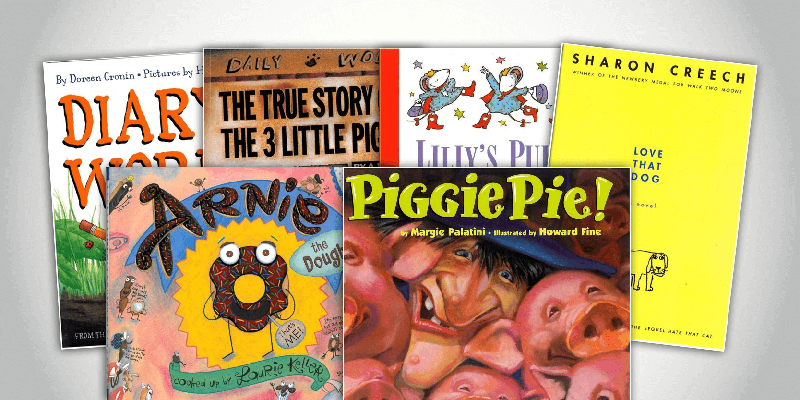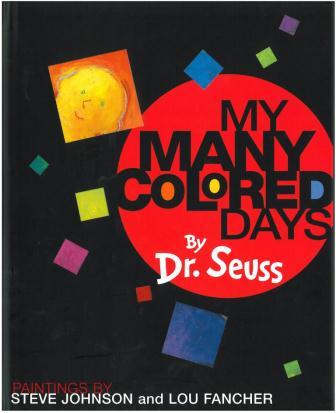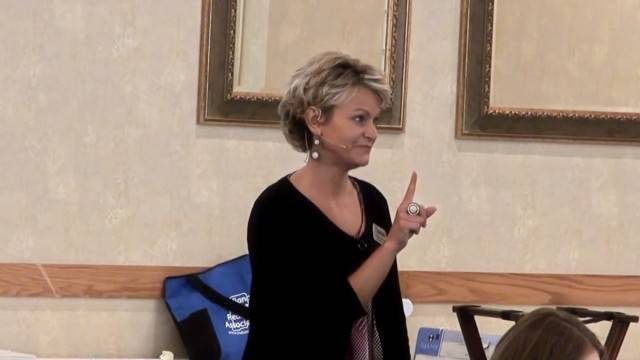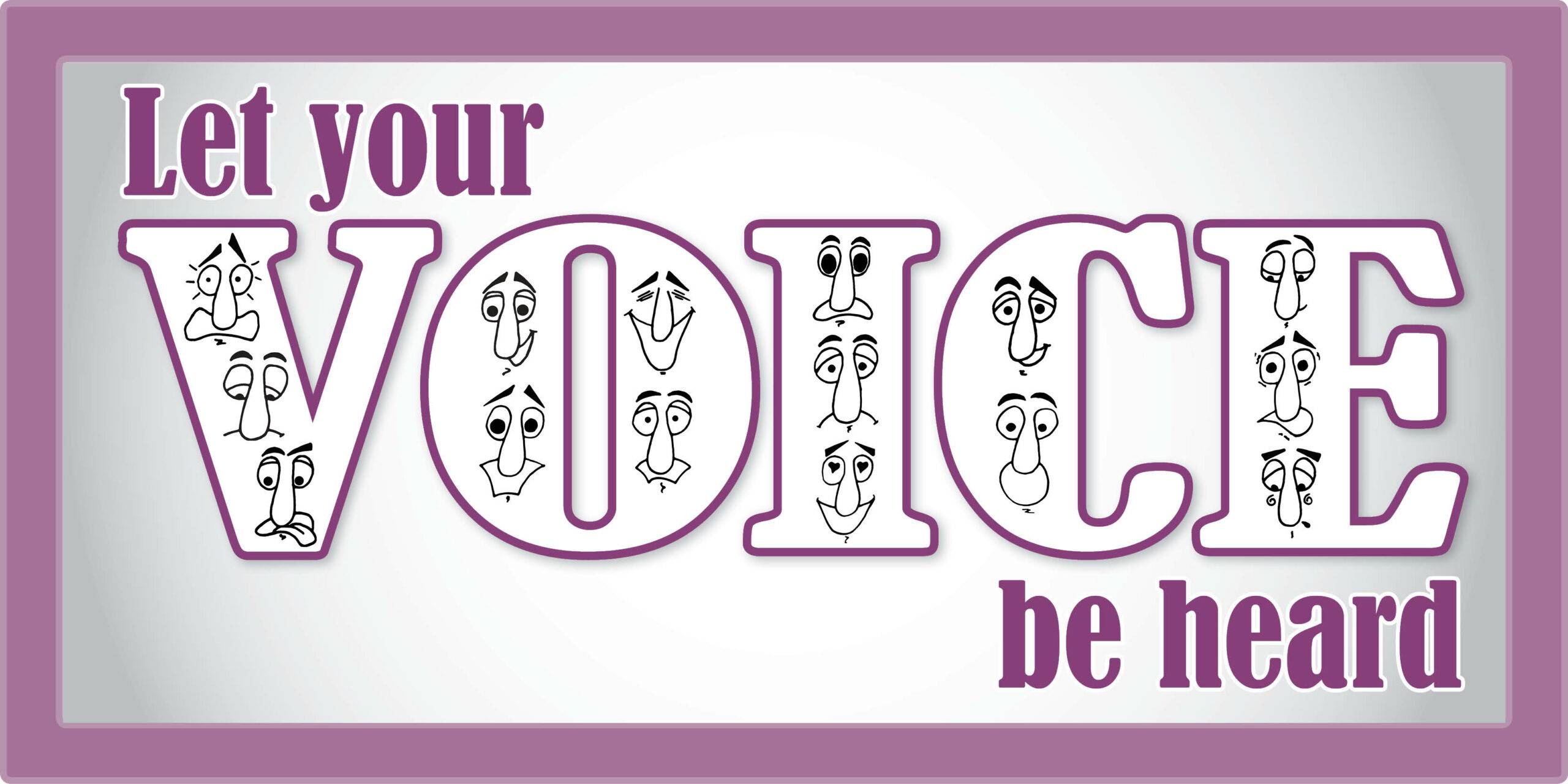Learning Center
Teach voice with picture books
may 15, 2008

Once your students understand what voice is, help them tap into it within their own writing. Read aloud picture books that would demonstrate different types of voice and then try these follow-up lessons or writing experiments to hone skills.
STRATEGY #1 Utilize colors to reflect moods
 Read Dr. Seuss’ picture book My Many Colored Days. Ask students what colors make them happy, sad, excited, etc. Keep in mind that colors don’t mean the same for everyone. Let them articulate why they associate a particular color with a certain feeling. Then let them write/draw on various topics that tap into those different colors and feelings.
Read Dr. Seuss’ picture book My Many Colored Days. Ask students what colors make them happy, sad, excited, etc. Keep in mind that colors don’t mean the same for everyone. Let them articulate why they associate a particular color with a certain feeling. Then let them write/draw on various topics that tap into those different colors and feelings.
This activity could be extended by using boxes of crayons. First, show an 8-count box of crayons, then move onto the multiple shades within a 64-count box. Ask students to complete the following sentence stems:
- If frustrated voice were a color, it would be. . . because. . .
- If embarrassed voice were a color, it would be . . . because . . .
- If nervous voice were a color, it would be . . . because . . .
- If confident voice were a color, it would be . . . because . . .
This should be done orally in the early grades and in writing for the upper grades.
STRATEGY #2 Tap into character/reader feelings
Read different picture books that demonstrate strong character feelings. Point out the voice-rich phrases that demonstrate feeling and attitude but don’t literally state the feeling. Some of my favorite examples are:
- Lilly’s Purple Plastic Purse, by Kevin Henkes
- The Monster at the End of this Book, by Jon Stone
- Today I Feel Silly & Other Moods That Make My Day, by Jamie Lee Curtis
With older students, discuss how the character’s feelings evoke reader feelings, too. Discuss that voice is that reader-writer connection. Then, announce an “Aww . . .” contest (idea by teacher Christie Campbell at Washington Township Middle School in Valparaiso, IN). Have students select their own topics and each write a piece that will be read aloud to the class. The winner is the one who elicits the greatest heartfelt connection to its audience — the one that gets the loudest “aw” from the students.
To extend this lesson, also point out how the manipulation of conventions can evoke voice. When the author writes in all caps or bold letters or stacks exclamation points or underlines words, he is emphasizing the voice. This is especially helpful for primary students, since they don’t have the vocabulary to really use effective word choice.
STRATEGY #3 Target perspective
Once writers take on a perspective, they naturally write with stronger voice. First read some examples. Favorite books of mine include:
- The True Story of the 3 Little Pigs! by Jon Scieszka and Lane Smith
- Piggie Pie, by Margie Palatini
- Diary of a Worm, by Doreen Cronin
- Diary of Spider, by Doreen Cronin
- Arnie the Doughnut, by Laurie Keller
- Love That Dog, by Sharon Creech
To dabble with perspective, try Heidi Lehman’s idea (South Adams Middle School). She takes her class on Writing Field Trips throughout the building. In various parts of the school, she assigns them a perspective and requires that they write from a first-person point of view. You are a pencil on the classroom floor — describe your day. You are a French fry on the cafeteria floor — describe your day. You are a crumpled school paper in the hallway — describe your day. For each of these quick writes, she has the students sitting in the very environment of the “character” so they can “become” the object they are writing about.
Here is a complete list of the quick-writes Heidi has tried:
—pencil on the classroom floor
—bird trapped in the gym
—mouse on the stage
—French fry on the cafeteria floor
—bookworm in the library
—crayon on the art room floor
—sock in the locker room
—bug in your backpack
—ball on the school roof
—crumpled school paper in the hallway
—kernel of popcorn under the bleachers




